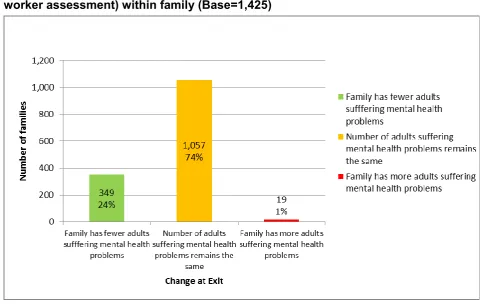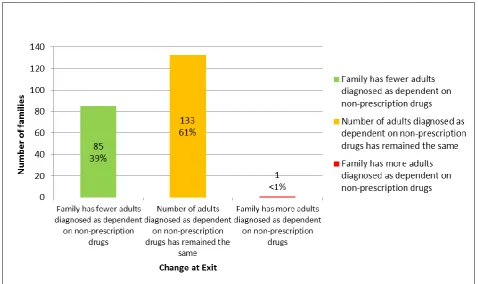National Evaluation of the Troubled Families Programme: Final Report on the Family Monitoring Data
Full text
Figure




Related documents
As a result the content may not reflect current Government policy and may make reference to the Department for Children, Schools and Families (DCSF) which has now been replaced by
Model C also takes into account the type of family intervention (anti-social behaviour, Youth Crime or Child Poverty); the number of issues in the relevant domain that the family
The Experiences and Views of Children and Adults from Families who Separated Post-1995 and Post-2006 FAMILY LAW IN AUSTRALIA..
Model C also takes into account the type of family intervention (anti-social behaviour, Youth Crime or Child Poverty); the number of issues in the relevant domain that the family
Tondiarpet, Pulianthope, contribute to large number of cases. Asymptomatic family members of 55 patients were screened. 31 families showed positivity among their members at
It’s not just the children that Notre Dame try to support, they tried to support, support the family as well to the best of their ability, and the fact there was someone there
The members of the Family Advisory Council strive to continually improve the experience of care for children, adolescents, young adults and their families by embodying
These approaches take varying forms but are linked by the common aim of engaging with all family members – mothers, fathers/father figure and children – in families living





